| Sportswire | Sep 16 2013 |

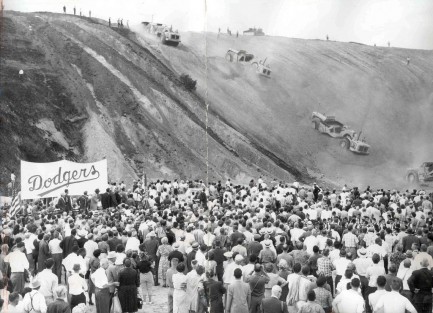
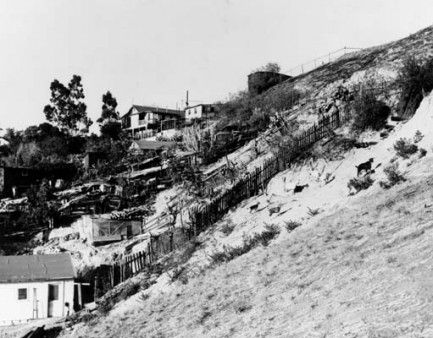
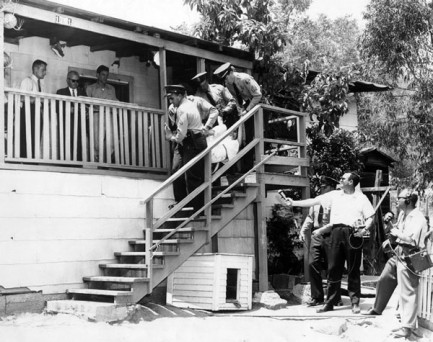
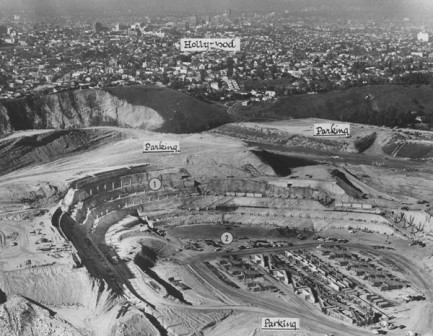
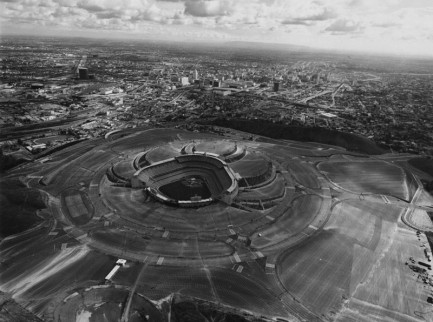
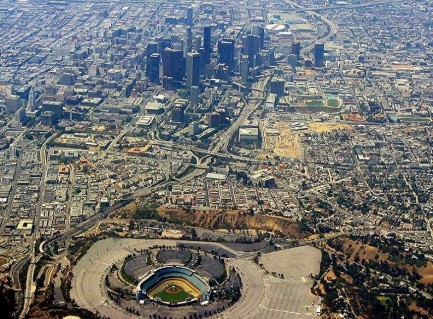
| Intl. Notebook | Dec 6 2012 |

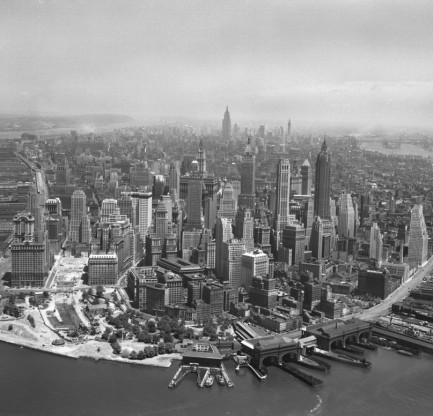
Above is a photo of Manhattan, New York City, in the year 1947, looking from Battery Park toward midtown. Here you see everything—the Staten Island Ferry Building at bottom, Wall Street to the right, the 59th Street Bridge crossing Welfare Island at upper right, and in the hazy distance, the Empire State Building—at that time arguably America’s most recognized symbol. In the aftermath of a war that had destroyed Europe’s and Japan’s industrial capacity, the U.S. was the unquestioned power on the planet, with massive economic might, a military that had taken up permanent residence in dozens of countries, and a growing stock of nuclear weapons. Two years later the Soviets would detonate their first nuclear bomb, shaking the American edifice to its foundation. Meanwhile, all around the world, the seeds of change were taking root. Below is a look at the world as it was in 1947.
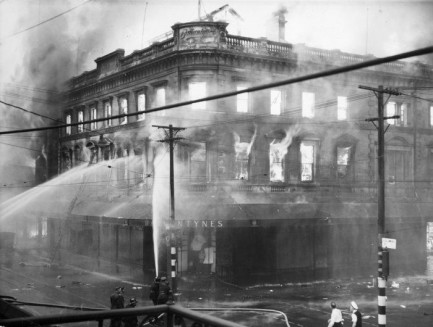
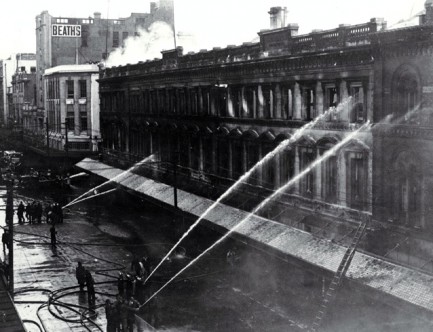
Firemen try to extinguish a blaze in Ballantyne’s Department Store in Christchurch, New Zealand.
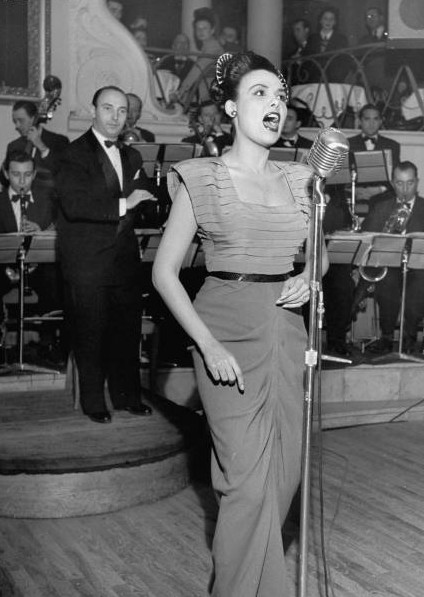
American singer Lena Horne performs in Paris.
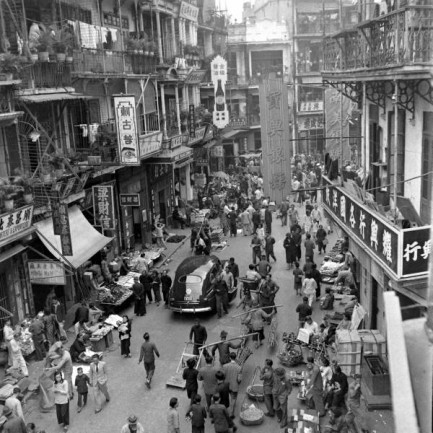
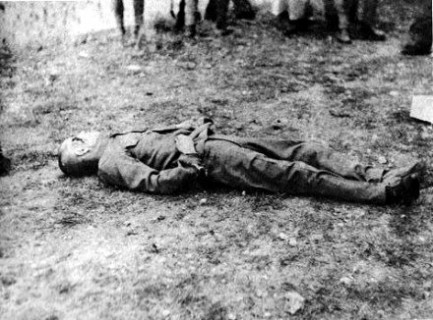
The hustle and bustle of Hong Kong, and the aftermath of the execution of Hisakazu Tanaka, who was the Japanese governor of occupied Hong Kong during World War II.
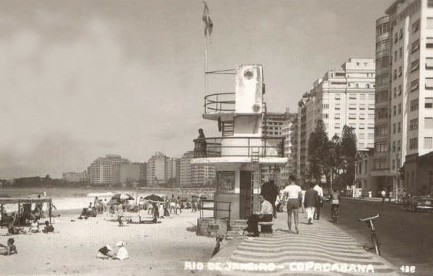

Sunbathers enjoy Copacabana Beach in Rio de Janeiro, and a military procession rumbles along Rua Catumbi.
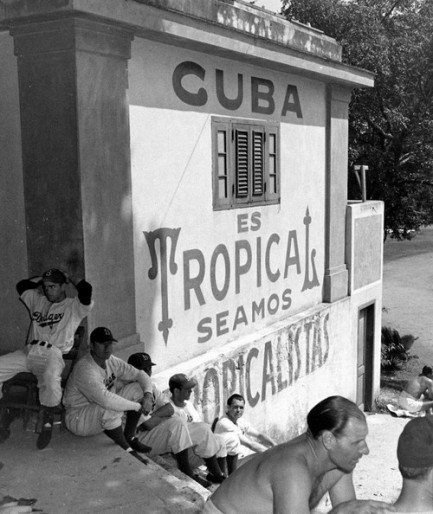
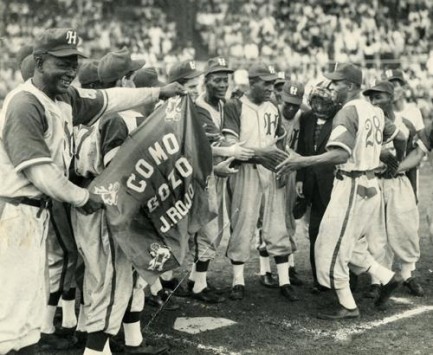
Assorted Brooklyn Dodgers and manager Leo Durocher (shirtless in the foreground) relax at Havana, Cuba’s Estadio La Tropical, where they were holding spring training that year. Second photo, Cuban players for the Habana Leones celebrate the first home run hit at Havana’s newly built Estadio Latinoamericano.
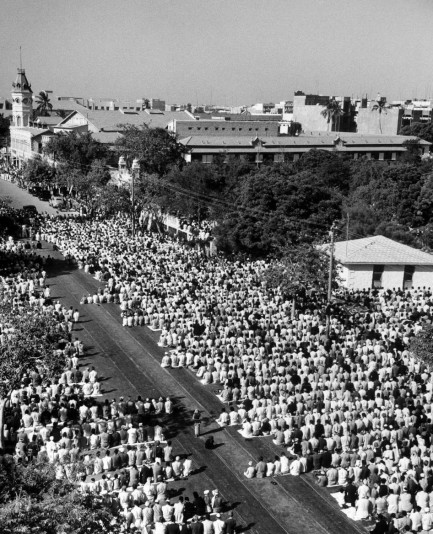
Thousands of Muslims kneel toward Mecca during prayer time in Karachi, Pakistan.
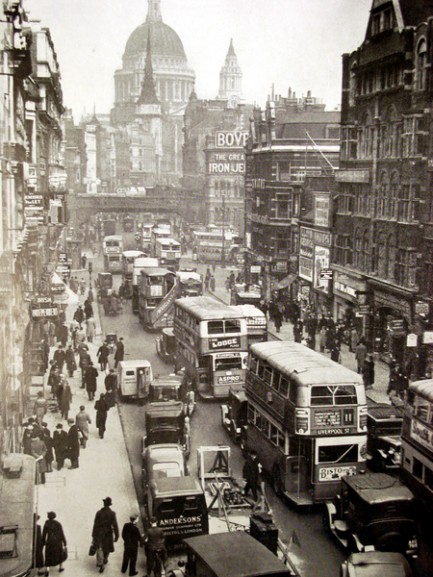
A snarl of traffic near St. Paul’s Cathedral in London.
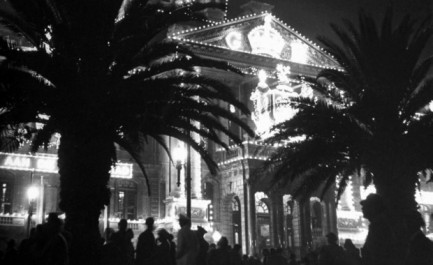
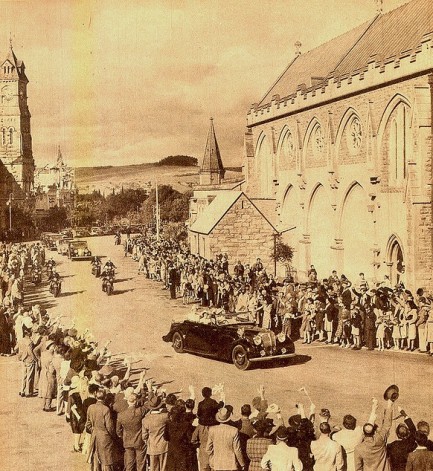
The city hall of Cape Town, South Africa is lit up to celebrate the visit of the British Royal Family. Second photo, during the same South African trip, the royals are welcomed to Grahamstown.
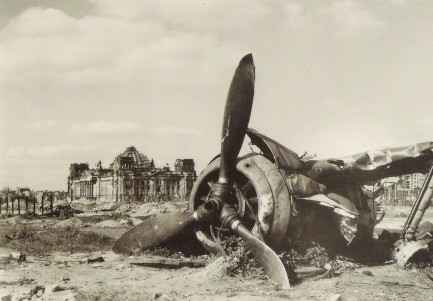
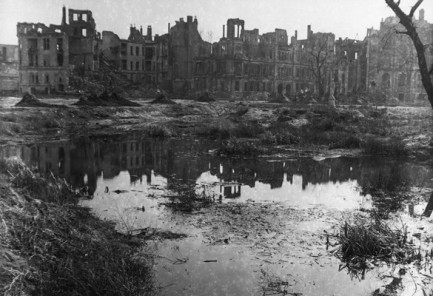
A wrecked fighter plane rusts in front of Berlin’s burned and abandoned parliament building, the Reichstag. Second photo, a shot of ruins in Berlin’s Tiergarten quarter, near Rousseau Island.
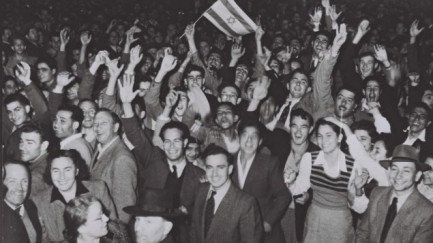
A crowd in Tel Aviv celebrates a United Nations vote in favor of partitioning Palestine.
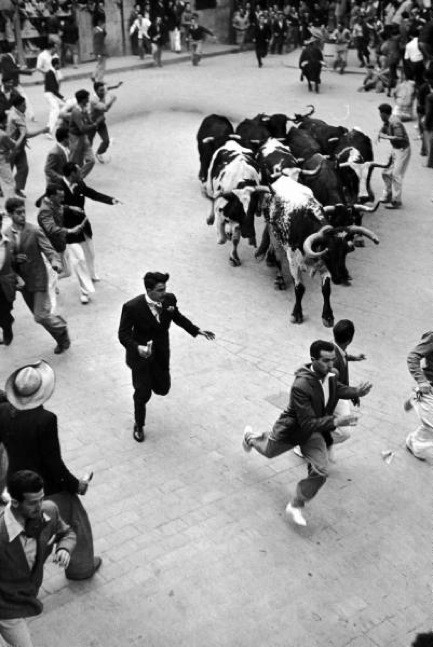
Men and bulls run through the streets of Pamplona, Spain during the yearly Festival of San Fermin.
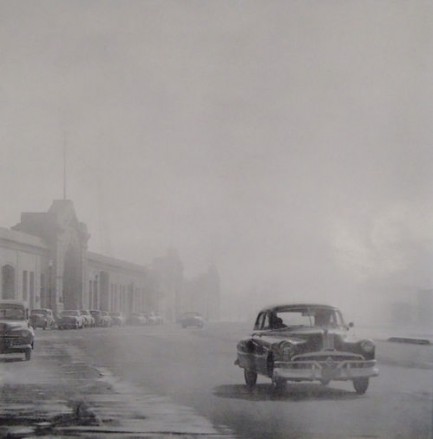
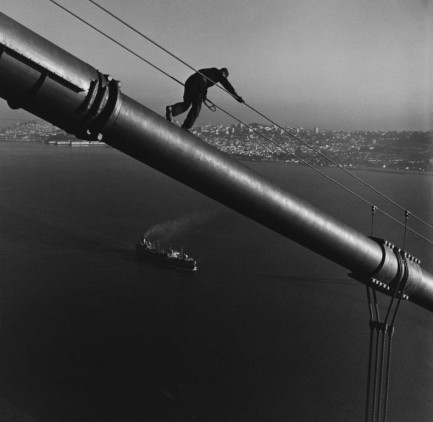
Fog rolls across the Embarcadero in San Francisco; a worker descends from a tower of the Golden Gate Bridge.
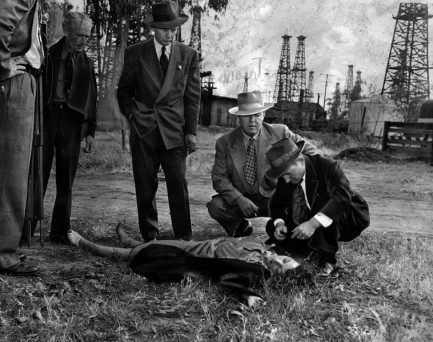
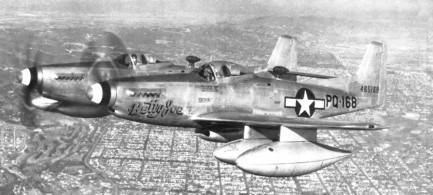
Detectives study the body of a woman found murdered in Long Beach, California. Two P-51 Mustang fighters fly above Los Angeles.
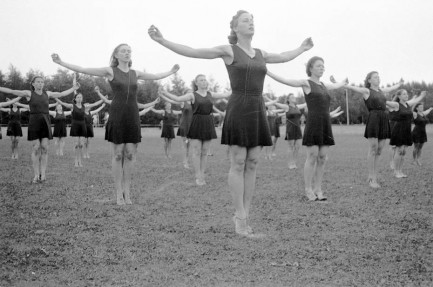
Danish women from Snoghøj Gymnastics School practice in Odense.
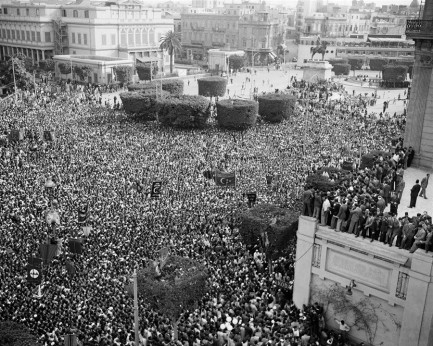
Tens of thousands of protesters in Cairo demonstrate against the United Nations vote in favor of partitioning Palestine.
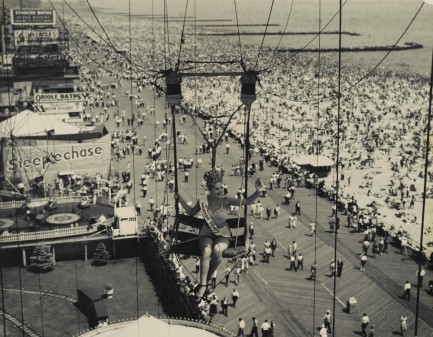
A beauty queen draped with a sash that reads “Modern 1947” is lifted high above the boardwalk in Coney Island, New York.
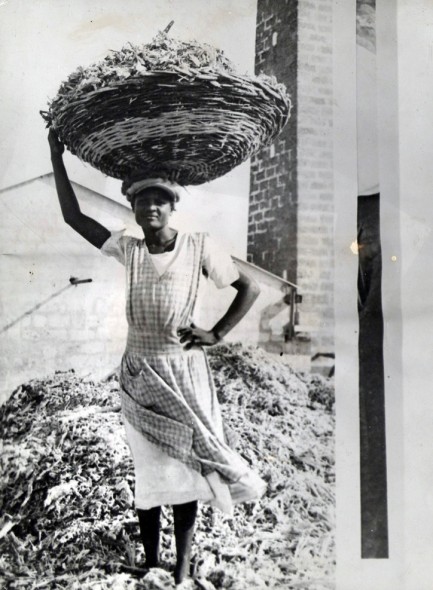
A woman in Barbados holds atop her head a basket filled with fibers meant for burning as fuel.
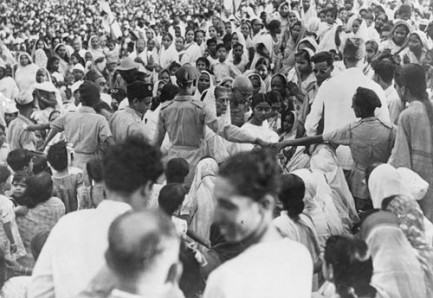
Mahatma Gandhi, his bald head barely visible at upper center, arrives through a large crowd for a prayer meeting on the Calcutta Maidan, India.
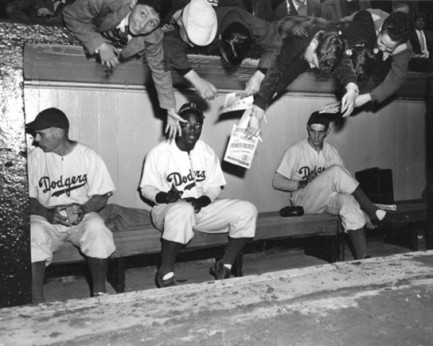
Major League Baseball player Jackie Robinson is hounded for autographs in the dugout during a Brooklyn Dodgers game.
| Sportswire | Apr 4 2012 |

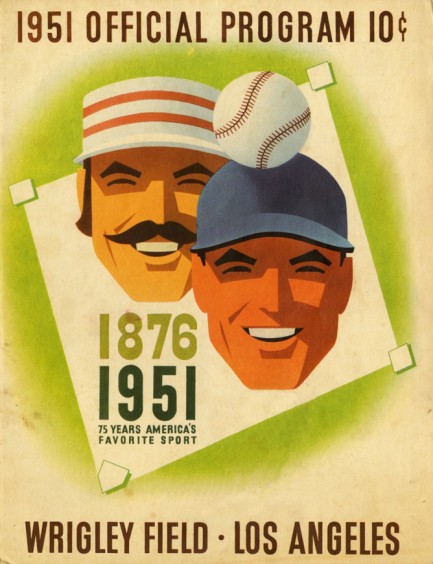
In honor of baseball season in the U.S., we have for your enjoyment today an extreme rarity—an official 75th anniversary baseball program from Wrigley Field in Los Angeles, circa 1951. Casual baseball fans are scratching their heads right now, because Wrigley Field is located in Chicago. Well sure, that one is. But the first Wrigley Field, which opened in 1926, was in L.A. Chewing gum millionaire William Wrigley used the park to house his Los Angeles Angels, a minor league team that played in the Pacific Coast League. Wrigley also owned the Chicago Cubs, but though the park in Chi-Town was built before the one in L.A., it wasn’t named Wrigley until 1927. The original Wrigley Field, with its unusual off-center clock tower, was a marvel of Spanish revival architecture, but L.A. being L.A., it was demolished without a thought in 1966. Check the images below. And... play ball!
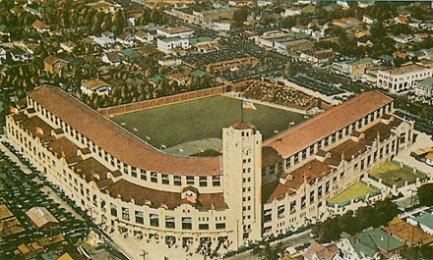
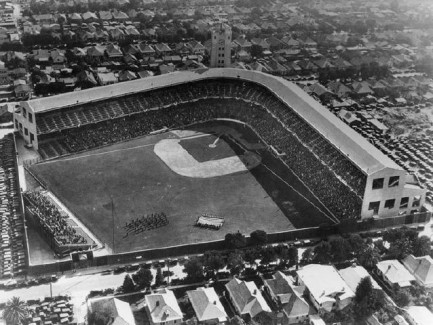
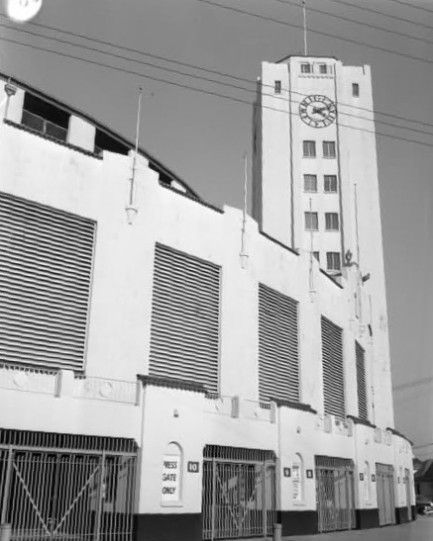
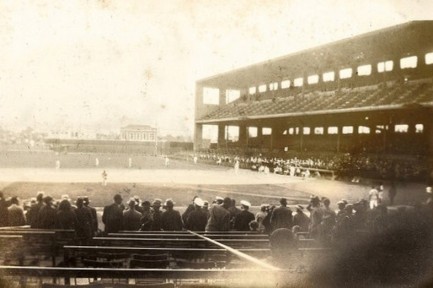
| Intl. Notebook | Sportswire | Apr 5 2010 |

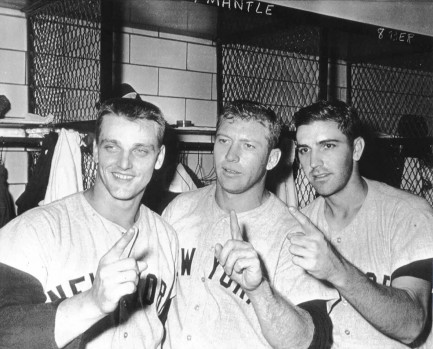
In the United States, Major League Baseball’s 2010 season opened last night with a couple of games, but today is the first full slate of baseball, and in commemoration we’ve tracked down a few images of baseballers from the past. We won’t identify every player, but we do want to make special mention of a few. In panel two below you see Ty Cobb spiking catcher Paul Kritchell in the nuts. Why? That's just how he rolled. Panel three shows Buck Leonard of the Homestead Grays running out a grounder against the Philadelphia Stars during the 1945 season, and below him is Oscar Charleston. Leonard, Charleston, and Josh Gibson, in panel eleven, are all Negro League players who were inducted into the Major League Baseball Hall of Fame way back in the early seventies. All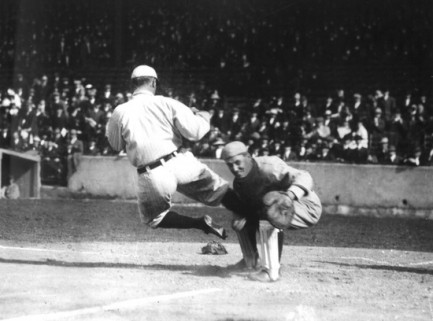
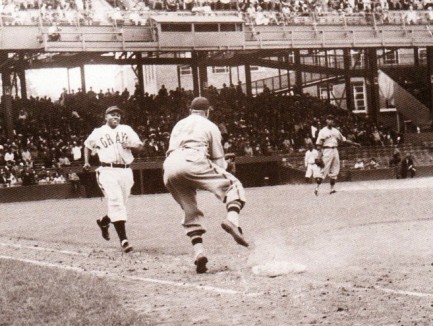
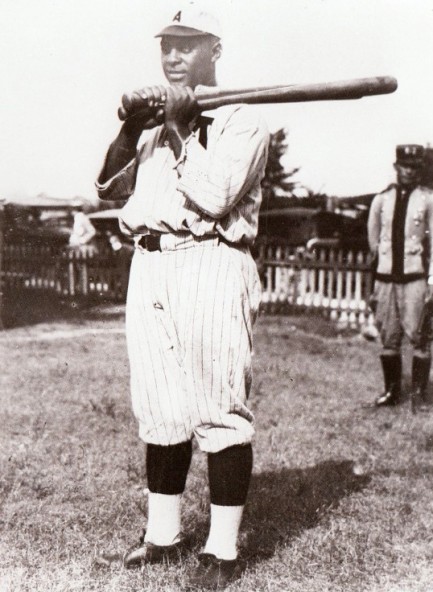 three are considered by sports historians to be among the best who ever played their positions, though they never played in the Major Leagues. Lastly, in panel fourteen you see Lefty Grove, one of the great pitchers of his era, frozen in time just before a game, forever young.
three are considered by sports historians to be among the best who ever played their positions, though they never played in the Major Leagues. Lastly, in panel fourteen you see Lefty Grove, one of the great pitchers of his era, frozen in time just before a game, forever young.
We decided to post all these photos because we’re basically a history site, and baseball, more than any other American sport, is inextricably bound with the country’s history. When you think of Ted Williams, you don’t just think of baseball—you think of World War II. When you think of Joe DiMaggio, you think of Marilyn Monroe and her tragic ending. Hank Aaron, chasing a sacred record with grim determination, is part and parcel of the civil rights movement—not for anything he said, but just because that was his place in time. For every era of baseball, the faces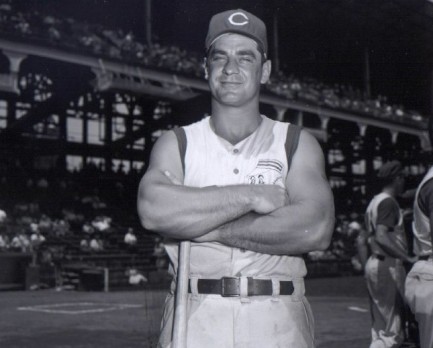
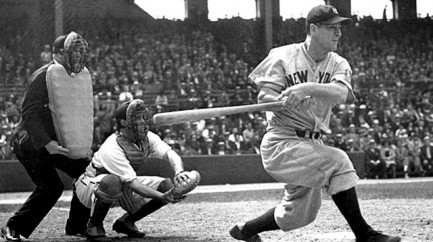
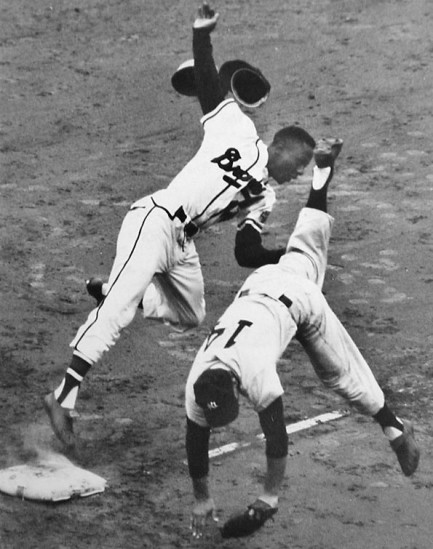 conjure moments on the field, but also events far from the confines of the ballpark. This is what makes the boys of summer such a special group. Seasons change, winter inevitably comes, careers and lives end, but their niches in history are secure. Meanwhile these images are a reminder of just how long and wonderful the summer can be. Enjoy the season everyone.
conjure moments on the field, but also events far from the confines of the ballpark. This is what makes the boys of summer such a special group. Seasons change, winter inevitably comes, careers and lives end, but their niches in history are secure. Meanwhile these images are a reminder of just how long and wonderful the summer can be. Enjoy the season everyone.
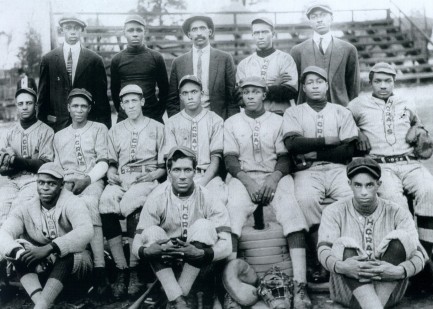
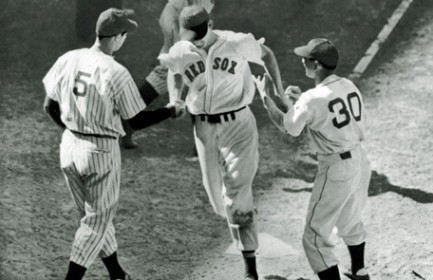
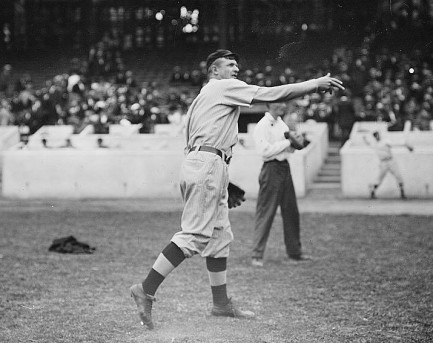
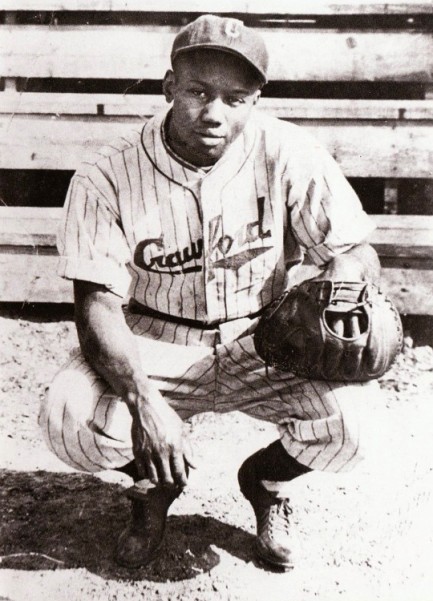
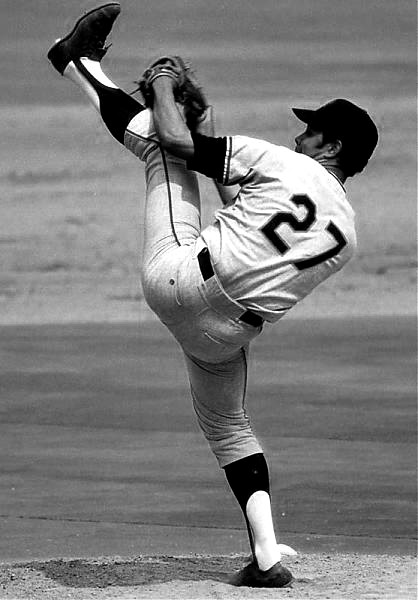
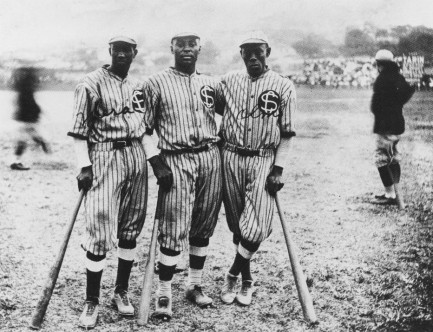
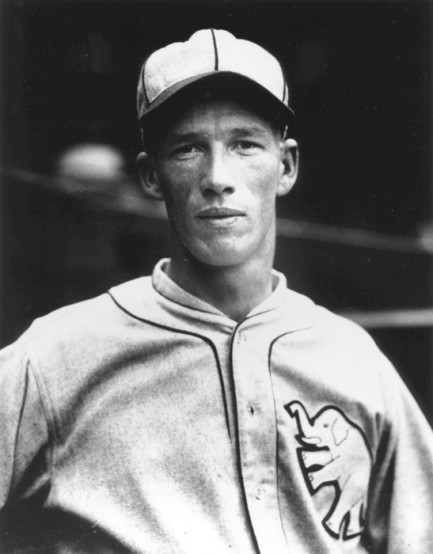
| Sportswire | Oct 8 2009 |

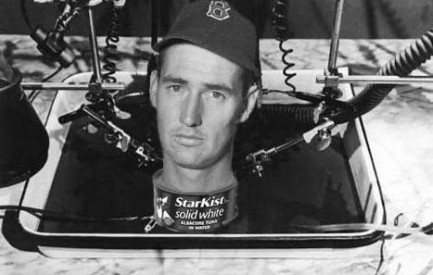
Just in time for Major League Baseball’s postseason, a former employee of the cryonics company Alcor Life Extension claims in a new book that Hall of Fame baseball player Ted Williams’ frozen head was mistreated at the facility. Former chief operating officer Larry Johnson writes in his book Frozen: My Journey into the World of Cryonics, Deception and Death, that an Alcor official used a wrench as a—well, let’s just say it—as a bat, to knock a tuna can loose from Williams’ head.
According to Johnson, the cans were used as head pedestals, but only after their contents had been fed to the Alcor cat. Instead of praising his coworkers for their spirit of improvisation, Johnson is critical of these practices. To bolster his claims, his book includes a photograph of an upside-down severed head with what indeed appears to be a tuna can stuck to it, though the head pictured is not Williams’. But Johnson did describe the former Red Sox outfielder’s earthly remains, writing: “The disembodied face set in that awful, frozen scream looked nothing like any picture of Ted Williams I’ve ever seen.”
Alcor has responded to the macabre allegations by threatening to sue everyone in this world and the next. In light of that announcement, we’ll just forego joking about company officials making bets about whether their tongues would stick to the heads. “Forego” means to go ahead and do it, right? We better look that up.




































































